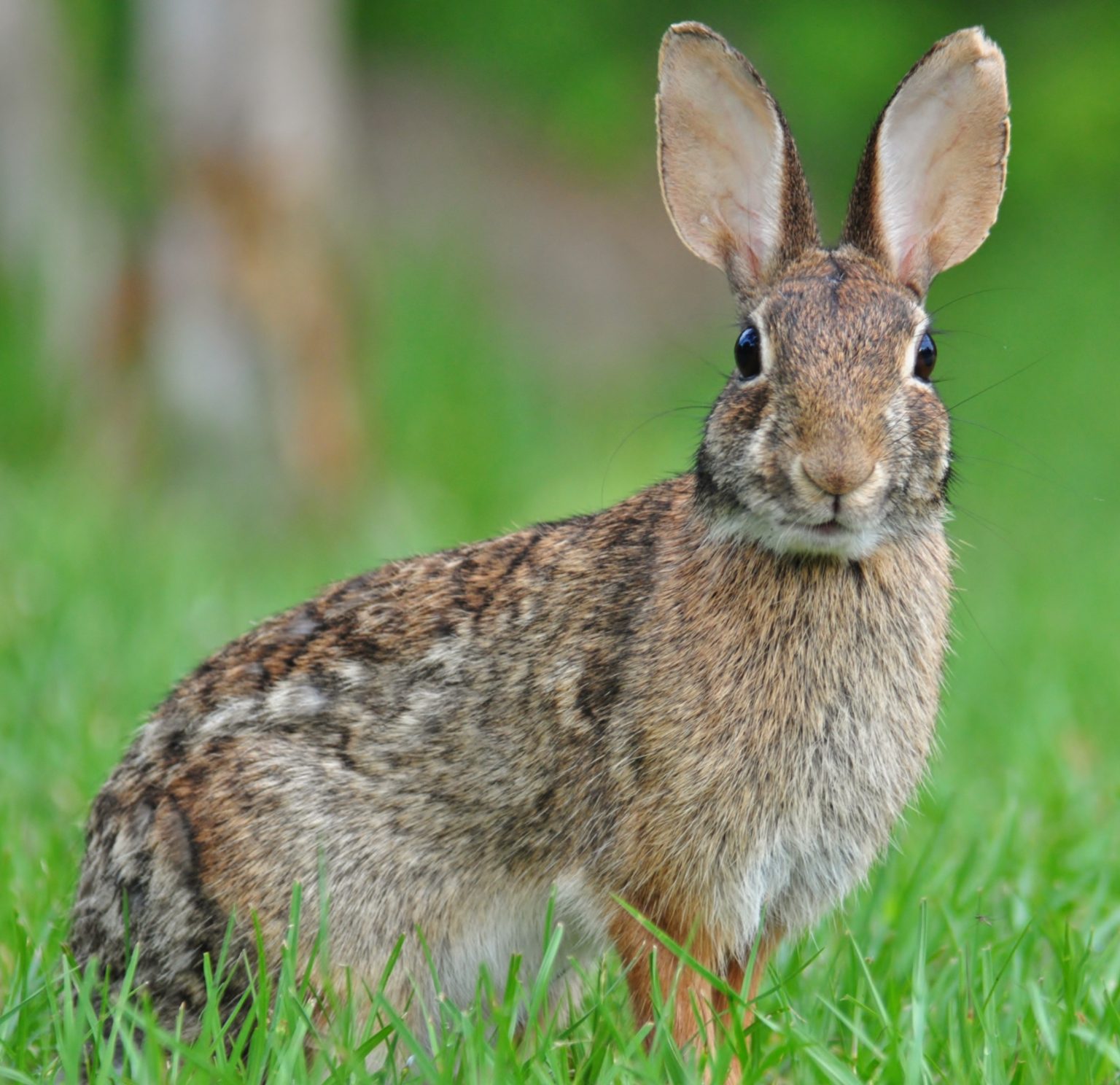
Eastern Cottontail Rabbit Rabbits Life
Wild rabbits are experts at food foraging in their natural environment, while domesticated rabbits are not and will have a harder time finding food in the wild. In general, wild cottontail rabbits (Sylvilagus spp.) have a lifespan of about one year—possibly three, if they're very, very clever. If a domestic rabbit that is "set free" survives.

Wild Rabbit by photographyflower on deviantART Cute animals, Wild
Bibliography Rabbits are small mammals with fluffy, short tails, whiskers and distinctive long ears. There 29 species around the world, according to Nature by PBS and, while they live in many.
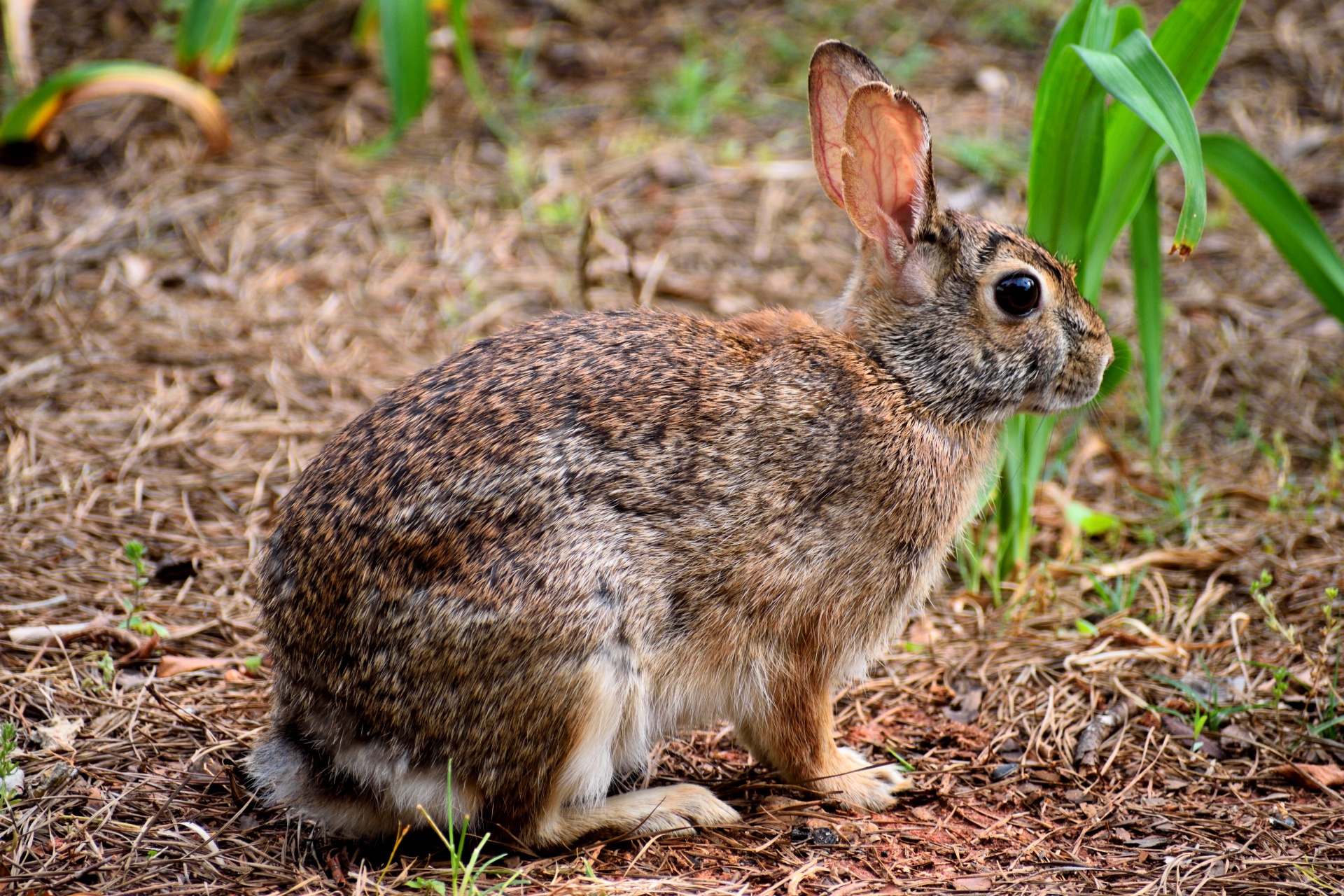
Wild Rabbit Free Stock Photo Public Domain Pictures
There are several species of wild rabbits —most are Eastern cottontail rabbits—who live across most of North America. Cottontails like to live at the edges of open areas. In fact, they are rarely found in dense forests or open grassland. Learn More About Rabbits Contents How can I tell the difference between a wild rabbit and a domestic rabbit?
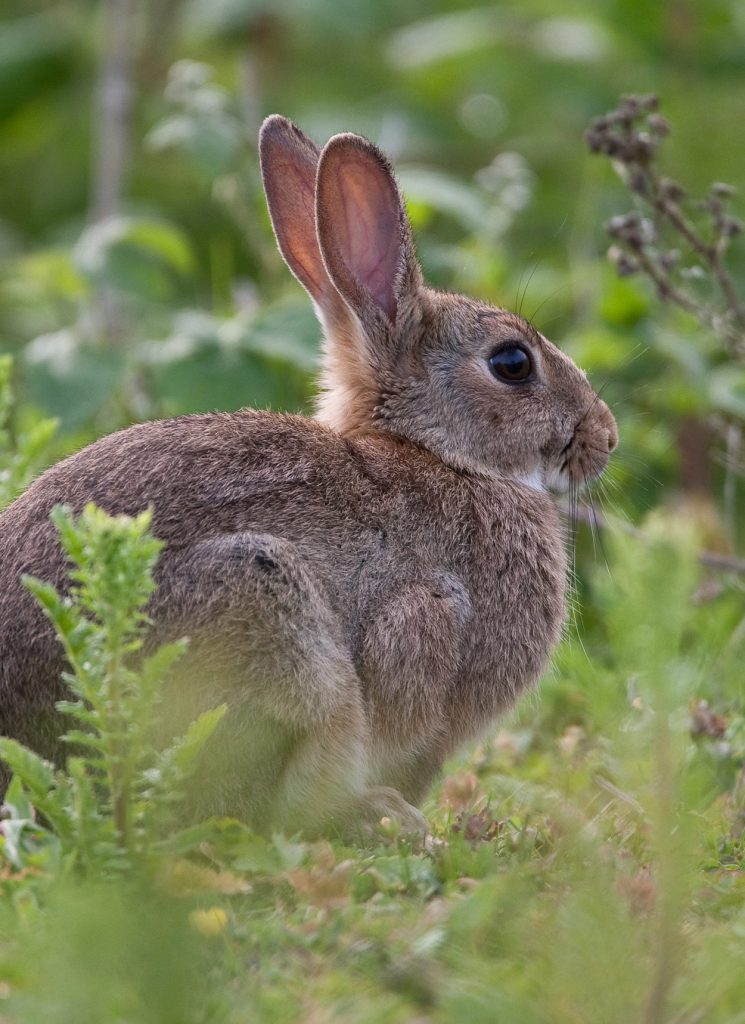
What Do Wild Rabbits Eat? A Guide To The Natural Wild Rabbit Diet
Wild Rabbit - Pies & Pints - by Ever Grain - New Cumberland, PA What's on Tap Gallery 314 Bridge Street New Cumberland, PA 17070 [email protected] 223.322.7178 We do not take reservations. SUN 11a-9p MON 11a-9p TUE Closed WED 11a-10p THU 11a-10p FRI 11a-12a SAT 11a-12a
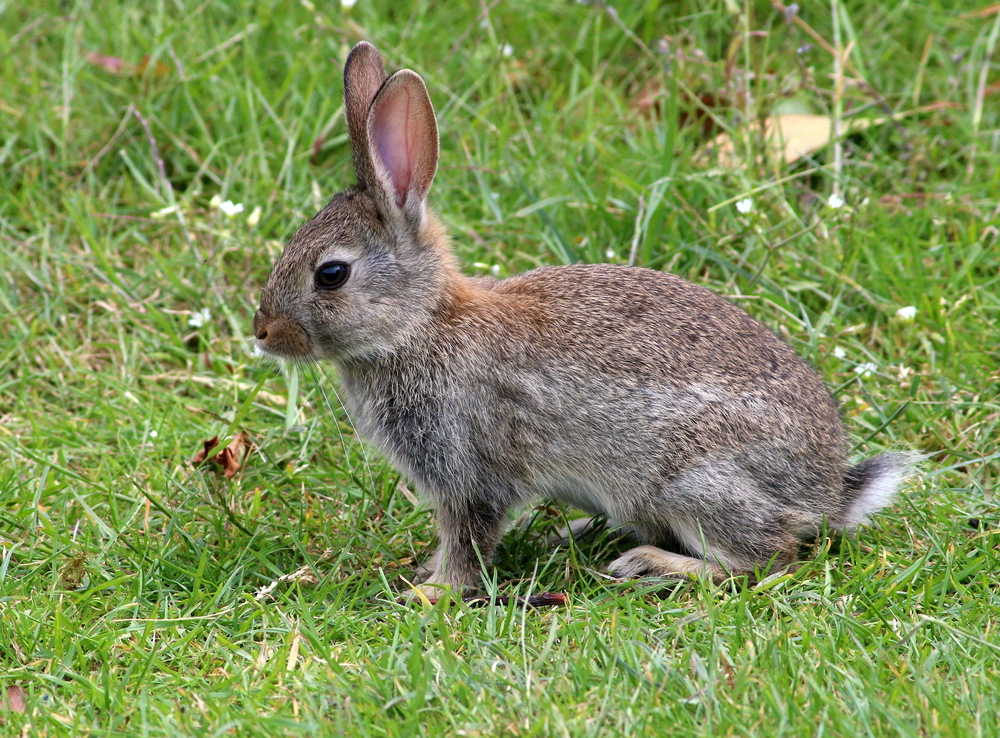
Rabbits Habits, Diet & Other Facts Live Science
Wild bunnies should be fed kitten KMR or KMR and regular Goats Milk. Do not use Esbilac for wild rabbits as we found they do not do well on that. It is okay for domestics. Newborn to One Week: 2 - 2+1/2 cc/ml each feeding (two feedings). 1-2 weeks: 5-7 cc/ml each feeding (two feedings). (depending on bunny..may be much LESS if smaller rabbit).
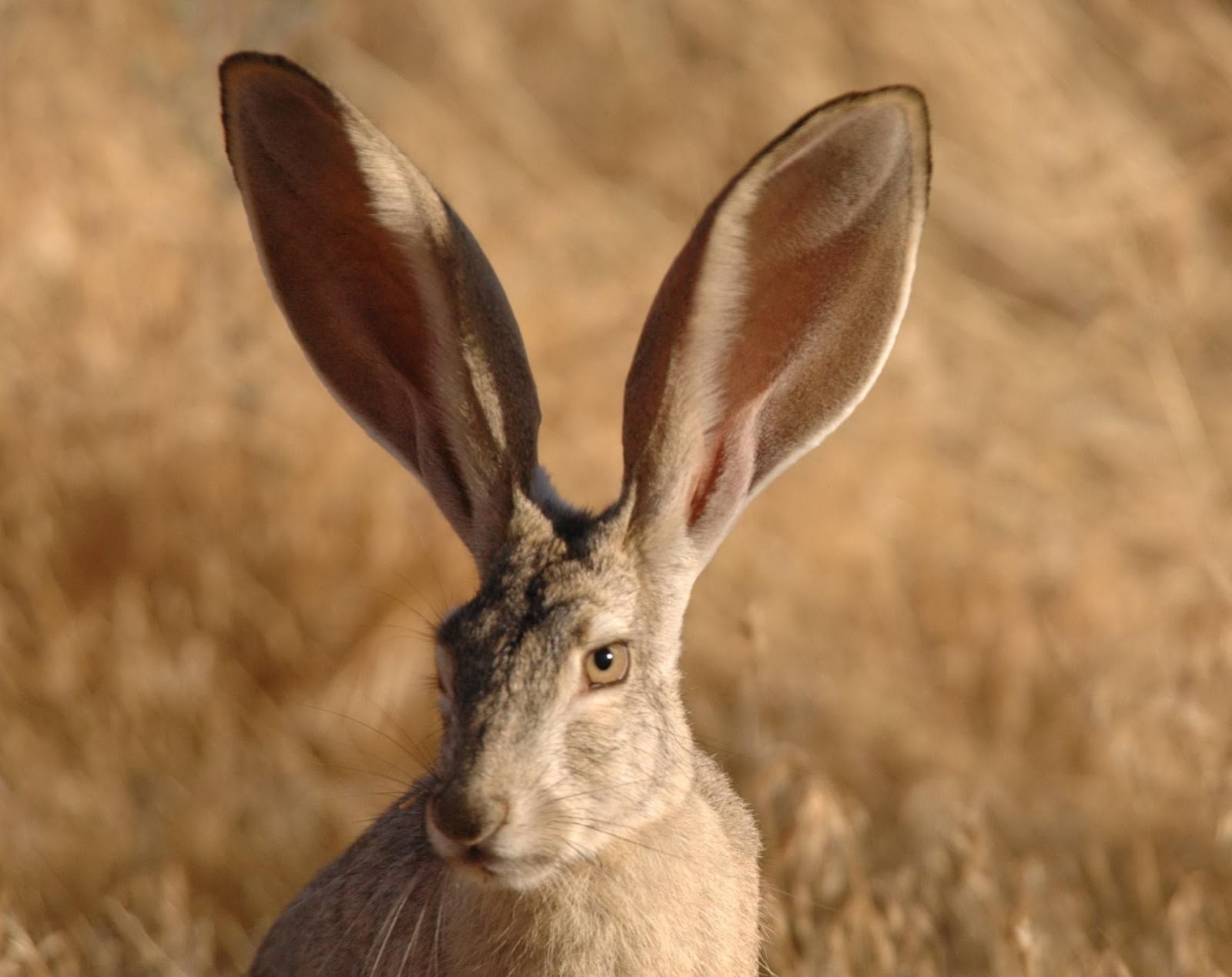
The Rabbit The Wildlife
Wild rabbits are actually very picky eaters, choosing to eat fresh, green vegetation over most vegetables. In the winter, they can survive off of tree bark and twigs if the snow cover prevents them from reaching the dried grasses on the ground. Truly, wild rabbits are extremely resilient and can survive in extremely tough conditions.

New England Cottontail Rabbits Among Critters Protected In New Wildlife
Wild Rabbits - Characteristics There are seven different genera in the family classified as rabbits, including the European rabbit (Oryctolagus cuniculus), Cottontail rabbit (genus Sylvilagus; 13 species), and the Amami rabbit (Pentalagus furnessi, endangered species on Amami Oshima, Japan).

Baby English wild rabbit Young wild rabbit photographed … Flickr
What do wild rabbits normally eat? Rabbits are natural foragers. They will eat just about any kind of plant material they can find. Throughout most of the year, this will consist of grass combined with yummy leafy plants they can find naturally, such as clover and wildflowers.
/wild_rabbit_sergie_golyshev-56a4a9513df78cf772838f07.jpg)
Domesticated Rabbits in the Wild
Meadows are open grassy areas covered in grasses, weeds and wildflowers, and they provide the perfect habitat for rabbits. Rabbits make open fields their home in two ways. First, they live underground in burrows. Second, they feed on the grasses, weeds, and flowers that grow there.

The Rabbit The Wildlife
Rabbit Rabbits, also known as bunnies or bunny rabbits, are small mammals in the family Leporidae (which also includes the hares ), which is in the order Lagomorpha (which also includes the pikas ). Oryctolagus cuniculus is the European rabbit, including its descendants, the world's 305 breeds [1] of domestic rabbit.

British Wildlife of the Week Rabbit The Nature Nook
The eastern cottontail ( Sylvilagus floridanus) is a New World cottontail rabbit, a member of the family Leporidae. It is the most common rabbit species in North America . Distribution
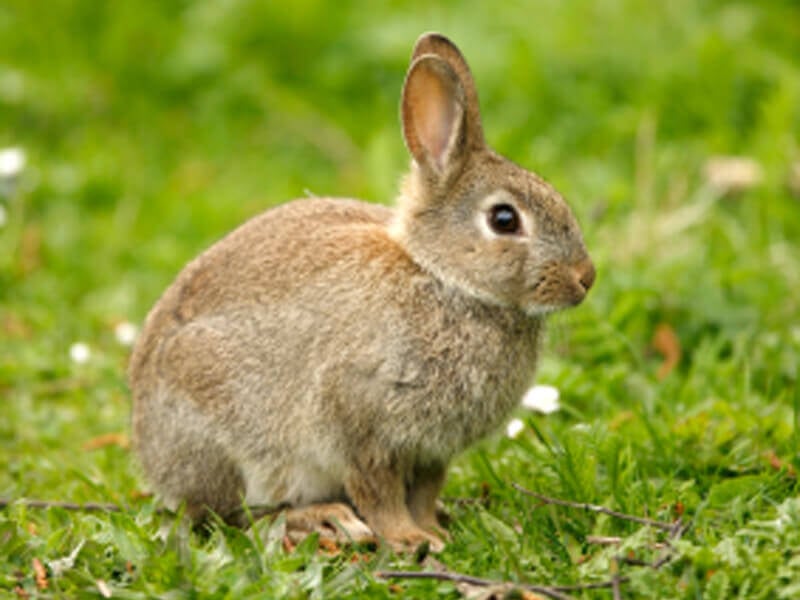
Living in Harmony With Wild Rabbits PETA
A modern British inn - a place to eat, drink and sleep Set in the heart of the Cotswolds, we serve locally sourced, seasonal food in a relaxed and welcoming setting. We support British farmers and artisan producers

Rabbits, Hares, and Pikas history and some interesting facts
All wild rabbits are herbivores, eating a steady diet that is mostly grass but sometimes twigs, shrubs, leaves and other plants. They can be a nuisance in gardens, feeding on vegetables, but they can be kept out with a 3 foot high fence of chicken wire in most cases or repelled by certain chemicals. Wild rabbits obtain the majority of their.

Rabbit Fact Sheet Blog Nature PBS
In the wild, rabbits can be found in a great many habitats, such as grassland and moorland, simple fields and prairies, farmlands, and various kinds of woodland or forestry. Though often considered a soft animal, rabbits have shown themselves to be adaptable and robust when faced with a variety of scenarios and weather conditions.
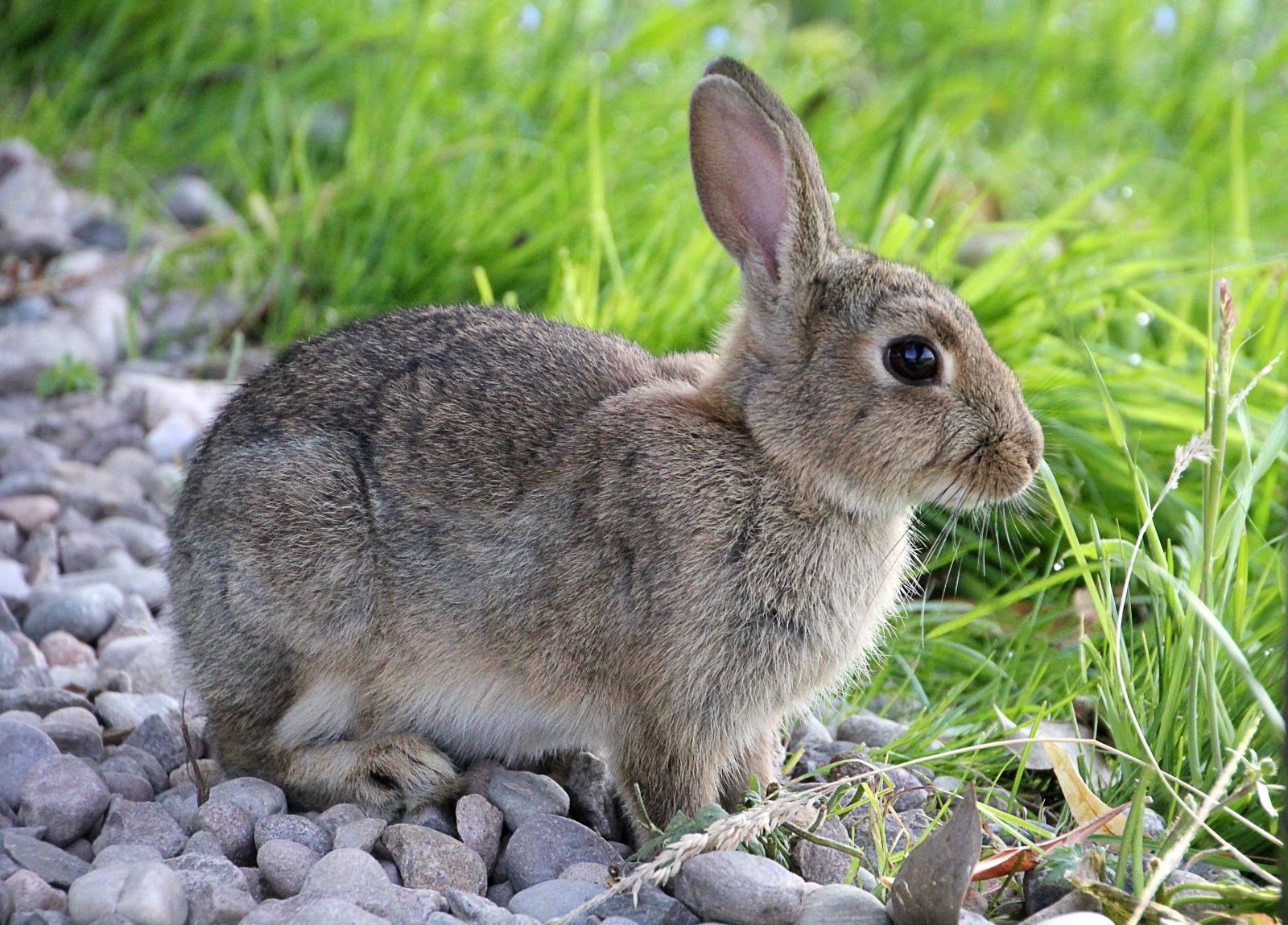
Fast facts rabbits and hares of North America Wildlife
Wild rabbits come in various sizes, depending on their species. On average, they have a compact and muscular body, covered in soft fur. The size of a wild rabbit can range from small to medium, with a typical length between 12 and 20 inches (30 to 50 centimeters) and a weight of 1 to 5 pounds (0.5 to 2.5 kilograms).
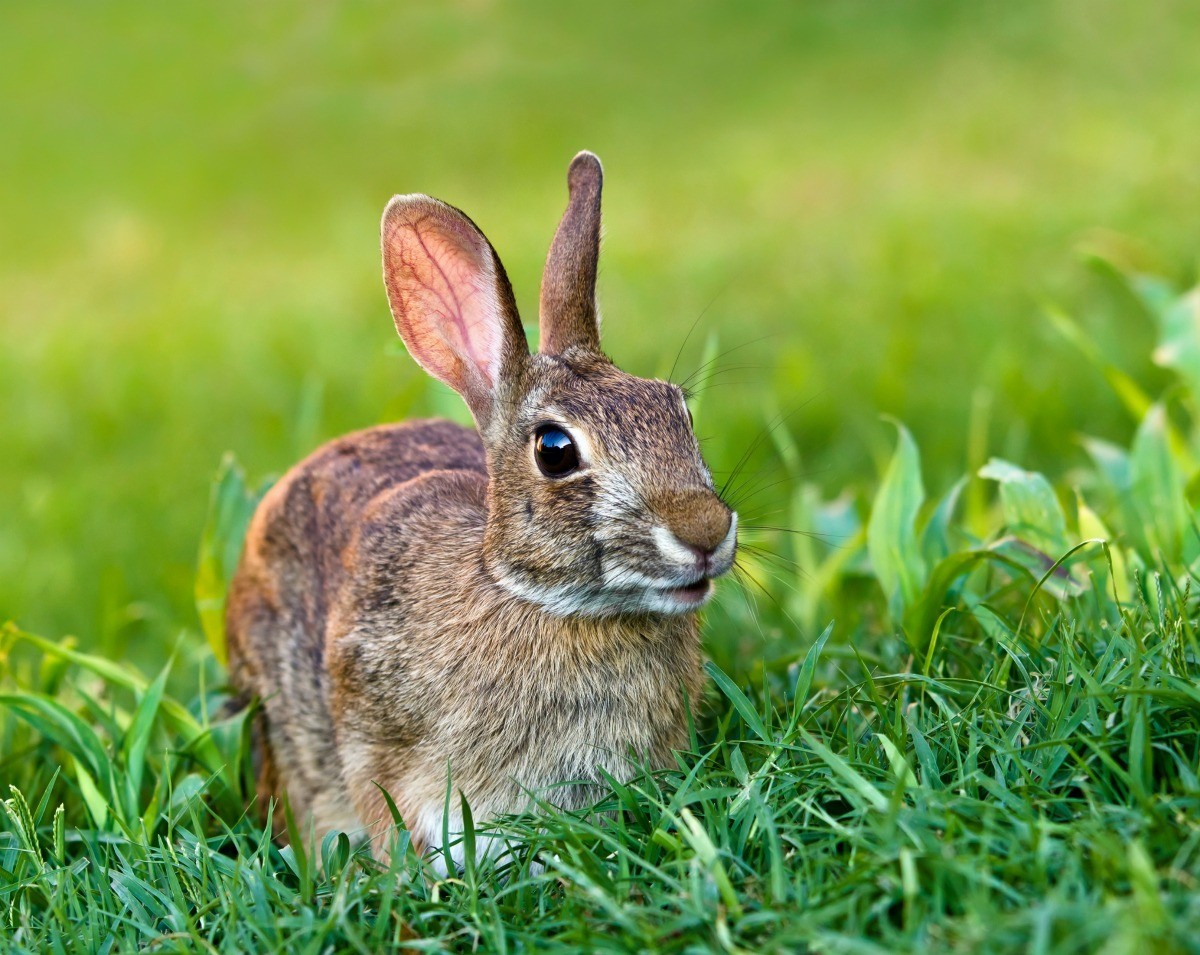
Wild Rabbit Photos and Information ThriftyFun
Wild Rabbits Habits And Biology Rabbits, bunnies, or bunny rabbits are ground-dwelling mammals that can be found all over the world. The most common wild rabbit is the European rabbit ( Oryctolagus cuniculus ). All breeds of domestic rabbits originate from the European rabbit (cottontail).